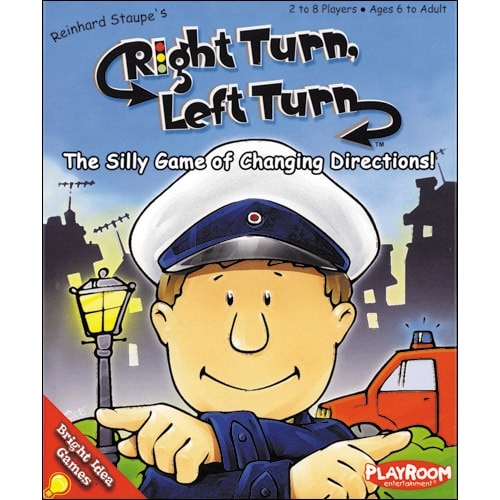Having just the right seating arrangement can make the difference between a successful learning experience and one that is full of distractions, position changes, and learning sessions that don’t last as long as they should. Two of the biggest factors to consider are the physical set up and the sensory needs.
Physical Set Up
One of the most important considerations in addressing physical needs is the 90/90/90 rule. When seated in a chair, feet should be resting comfortably on the floor with a 90 degree angle at the hips, knees and ankles. The work surface should be at a height that allows the forearms to rest with the shoulders in a neutral position.
Sensory Needs
When addressing sensory needs related to positioning it is important to consider getting enough of the right kind of sensory stimulation. Virtual learning has provided long hours sitting at the computer or workspace for both those providing the virtual services and those receiving them. Virtual learning spaces are often devoid of the naturally occurring sensory stimuli sensory systems need to stay alert and focused. Classrooms, therapy rooms, and other work spaces are full of naturally occurring stimuli like enriching conversation with our fellow therapist, the chitter chatter of classmates, naturally occurring movement breaks as we move from one part of the building to another. Our sensory systems need stimuli to keep alert and focussed.
Try This:
- Support the feet. When a chair is too big, legs and feet are left dangling and unsupported, decreasing postural stability needed for hand use. Adding a foot stool or foam mat under the feet provides the needed support. Using a foam mat has the added bonus of additional sensory input!
- Support the back: An oversized chair results in the body being in an awkward extended position with the hips and knees not being able to flex at the desired 90 degree angles. Placing a seat wedge or towel roll between the child’s back and the chair back will help bring the child forward enough on the chair to allow the hips to flex to 90 degrees and the knees to bend appropriately over the edge of the chair. This position will increase overall comfort resulting in increased stamina for the work task.
- Bring Work to Eye Level. When the work surface is too low the natural tendency is to lean forward resulting in losing the 90 degree angle at the hips. A quick fix is to use a slant board which brings the work higher and reduces the lean forward.
- Use a Seat Cushion. When the work surface is too high, the forearms are positioned in a way that brings the shoulders up closer to the ears decreasing over stability and comfort. If changing the table or chair height is not an option, sitting on a folded towel, a book, or a cushion can help but make sure the child’s feet are still securely on a firm surface like a step stool! Additionally, cushions provide needed sensory input! Tip; use dycem to keep these positioning aids in place!
- Use Alternative Seating.
- Do you want to increase a student’s alertness and ability to focus during extended seating activities? Add movement such as the Alert Seat or the Kore Wobble Chair!
- Alternatively, long hours in front of a computer screen trying to filter out extraneous background sensory stimuli can lead to overstimulation. When calming or organizing input is needed try adding a foot fidget to the chair legs, placing a portable foot fidget under the workspace, or having a foot tapper available. Other options included weighted lap pads or shoulder wraps.
- Position Changes. Incorporating position changes through the work or school day is a great way to maintain attention and focus,
- Standing at a counter height work space or taping work to a wall are options to allow for standing positions while working.
- Lay down. Working while laying on the stomach is a great way to provide proprioceptive input through the shoulders joints (great for those needing calming and organizing input). This position also gives students who are struggling with postural instability more support so they can focus on their work and not on staying stable! Use yoga mats or cushions to provide comfort and a clipboard or slant board as a work surface.
- Get Cozy. Another option for a position change is a bean bag. While not the best option for all types of tasks this is a great spot when reading or listening to an activity. The deep pressure input provides a great calming and organizing input.
Many of us have made the sudden change from a full day in a classroom or work environment with naturally occurring, enriching sensory experiences to alternative work spaces that may not always provide the type or intensity of sensory stimulation we need to stay alert and focused. Changing up the seating arrangement can be a great way to increase attention and focus during long days of virtual learning or teletherapy sessions.
Allyson Locke M.S., OTR/L

 The Therapro exhibit was constantly buzzing with attendees searching for the best tools for their school-based practice. Ginger MacDonald, OTR/L, co-author of
The Therapro exhibit was constantly buzzing with attendees searching for the best tools for their school-based practice. Ginger MacDonald, OTR/L, co-author of